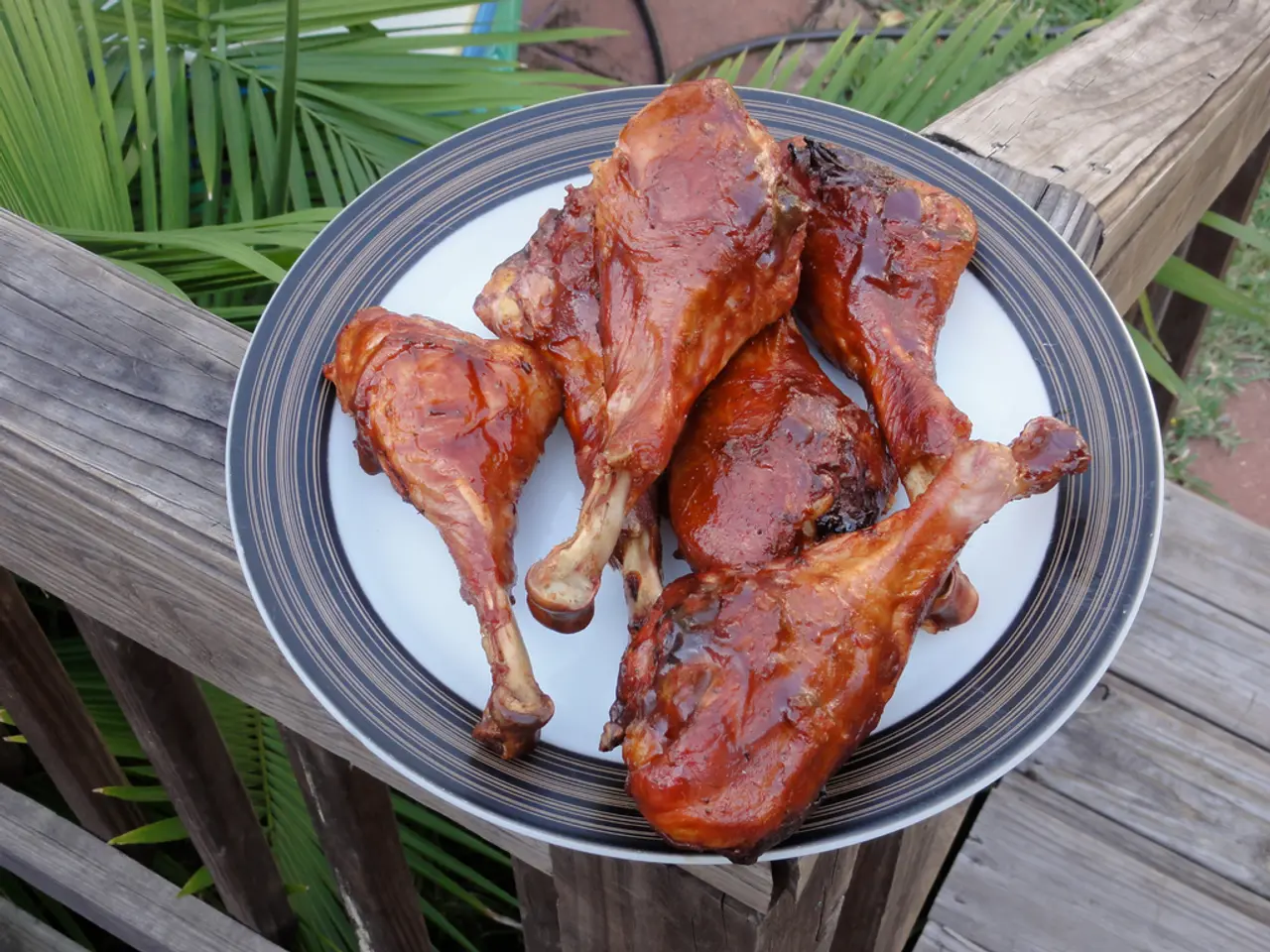The Cattle Entrepreneur: Are You Here to Help or Harm?
In the world of beef cattle shows, success is not just about raising a top-quality animal. It's also about showcasing that animal in the best possible light, a skill known as showmanship. Here are some key techniques that can help you excel in this area.
First and foremost, daily grooming and rinsing are essential to keep your cattle clean and fresh for showing. Clipping the coat neatly highlights the animal’s conformation, making it stand out in the show ring. Training cattle to walk and pose properly on command improves their ring presence, making them more confident and easier to handle.
Keeping cattle cool and comfortable, especially during hot weather, is another crucial factor. This can be achieved by providing shade, fans, and ensuring they have access to fresh water. Consistent feeding, exercise, and handling establish a calm, trustworthy relationship between you and your animal.
Effective showmanship does not require a significant financial investment but does demand an investment of time. Building a regular routine helps cattle become confident and secure, which improves their performance. Seeking local mentorship, attending clinics, and learning through extension programs can enhance your skills in handling and presenting cattle effectively at shows.
When moving the animal, practice "defensive driving" with the animal, maintaining adequate spacing with the animals around it. The lead strap of the halter should never be balled up in your hand. The show stick should be viewed as a tool to assist with feet placement and to help calm the animal down.
The position of the showman in relationship to the animal is also important. Standing parallel to or slightly forward of the animal's head gives the judge an unobstructed view of the animal. When displayed side-by-side, animals should be aligned evenly with the first animal in line, with adequate spacing between animals.
Sticking your animal out of line in an attempt to gain a competitive advantage is poor show ring etiquette. Animals that are not straight in line put the showman at a competitive disadvantage and make the evaluation task for the judge more difficult. When animals are stopped in a head-to-tail alignment, the showman must leave space in front of their animal.
The most commonly used show halter with beef cattle is a leather halter with a chain chinstrap attached to a leather lead strap. The nosepiece of the show halter should be adjusted so that it is approximately at the midpoint of the bridge of the nose between the nose and the eyes. When the judge is standing in front of the animal, the showman must stand far enough away so that the judge's view is completely unobstructed.
Placing the feet correctly can make the single greatest change in an animal's appearance. In a side view, a staggered feet placement is preferred, with the front foot slightly forward and the back foot back with a space visible between the back legs. Straight lines are important when bringing animals to a stop in side-by-side or head-to-tail alignments.
Remember, showmanship is an acquired skill, not a God-given talent. Good showmen and women utilize all available space in the show ring, holding animals towards the outer edge to provide room for evaluation. Showing cattle is a team effort, often involving parents, siblings, club advisors, and others.
By following these techniques and continually refining your skills, you can make a favorable presentation of your animal in the show ring and increase your chances of success.
[1] Local Extension Programs [2] FFA/4-H Clinics [3] Mentorship Programs [5] Local Cattle Shows and Events
- Enhancing one's skills in the beef cattle show arena can be achieved through participation in local extension programs, FFA/4-H clinics, and mentorship programs, which offer valuable learning opportunities.
- In agriculture, education-and-self-development, such as skills-training in nutrition and career-development, are vital for successful showmanship, as they contribute to the physical presentation and handling of cattle, ultimately leading to success in the show ring.




